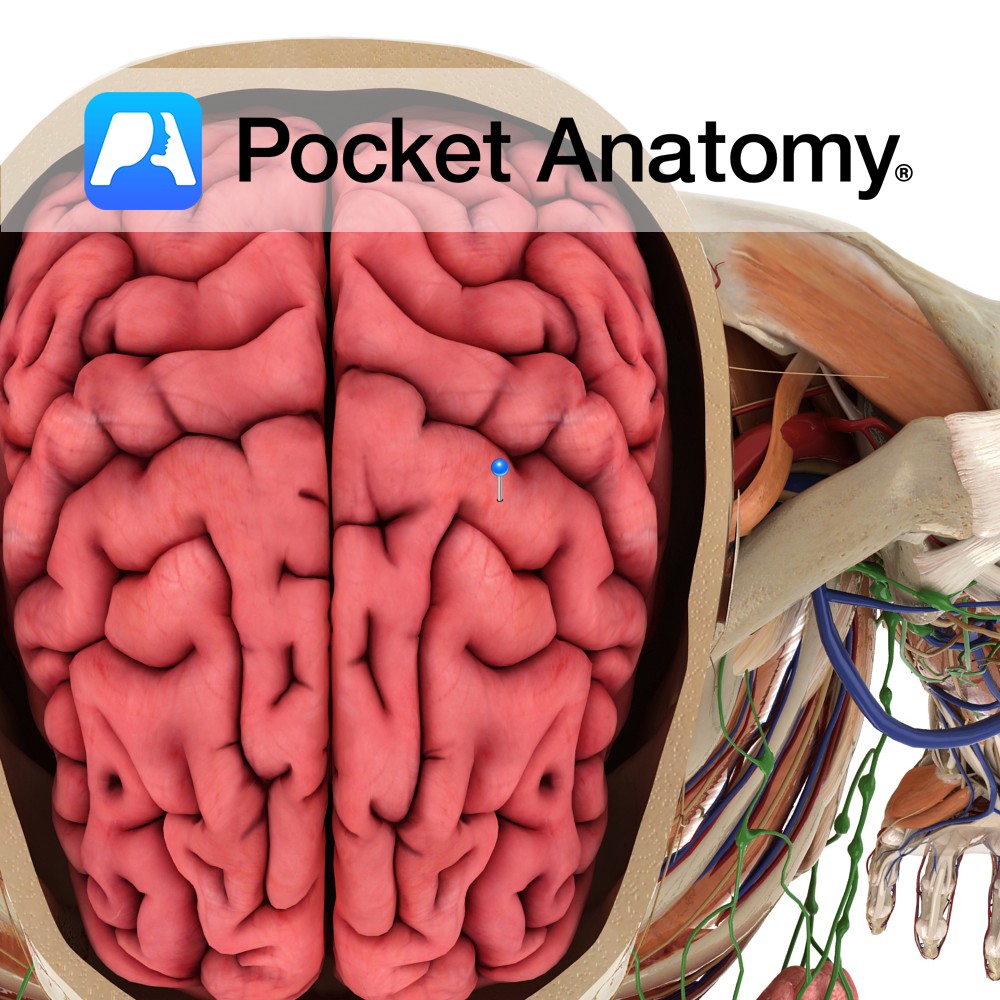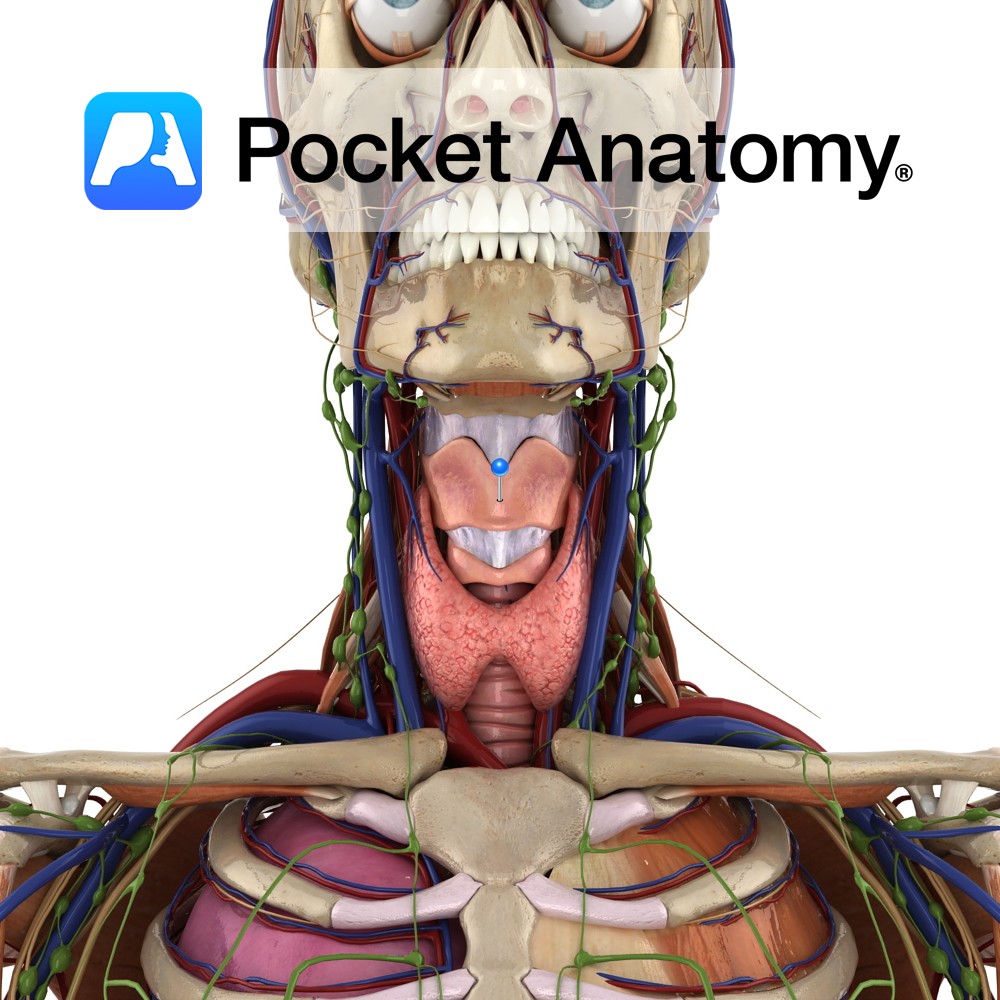Anatomy
Origin:
Long head: Tendon from supraglenoid tubercle of the scapula.
Short head: Coracoid process of the scapula.
Insertion:
By common tendon into radial tuberosity and also forms bicipital aponeurosis on medial aspect of forearm.
Key Relations:
-The brachial artery and the median nerve run together on the medial border until the distal one third when it crosses the bicipital aponeurosis.
-The cephalic vein lies lateral to biceps brachii.
-The basilic vein lies medial to biceps brachii.
Functions
-Flexes the forearm at the elbow joint e.g. as in lifting an object when your palms are facing towards you.
-Powerful supinator of the forearm particularly in the flexed position e.g. as in tightening a screw.
-Weak flexor of shoulder.
Supply
Nerve Supply:
Musculocutaneous nerve (C5, C6, C 7).
Blood Supply:
Brachial artery.
Clinical
Rupture of the proximal attachment tendon of the long head of biceps brachii can occur in older patients after minimal trauma. There will be a characteristic ‘bulge’ seen just above the elbow joint (Popeye sign). The short head tends to compensate and function is mostly preserved.
Biceps is tested clinically by passive and then active (against resistance) flexion of the forearm at the elbow, i.e. ask patient to bend arm at elbow and then bring arm towards the shoulder as the clinician attempts to push arm downwards away from shoulder.
Interested in taking our award-winning Pocket Anatomy app for a test drive?


.jpg)
.jpg)

